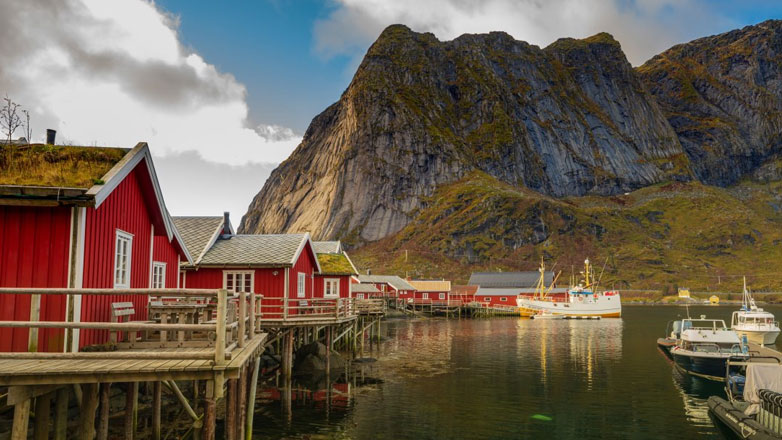Far from home in the “tourist mecca” of Tenerife, Kati Padilla is one of a growing number of tourists choosing Nordic countries for their summer holidays to avoid the heat.
Countries like Norway and Sweden in northern Europe are now promoting the “coolcation” trend (from cool, cool in English and vacation, vacation) to attract visitors to their temperate climates.
Why leave the Canaries this summer? “To escape the heat,” Padila replies.
“Norway has long attracted our attention because of its green landscapes, mountains and ice,” adds the 50-year-old civil servant.
In 2023, overnight stays by foreign tourists increased by 22% in Norway and by 11% in Sweden, according to official statistics, mainly affected by the lifting of pandemic restrictions in 2022 and the devaluation of Scandinavian currencies.
In Germany, a survey by tourism organisation Visit Sweden found that two out of five people intend to change their travel habits due to the extreme heat in southern Europe, choosing either a different holiday season or destinations with cooler climates.
“Holidays to colder climates are not just about the weather. It’s about travelling to places that are a bit cooler, but also to places that are less crowded,” says Susan Andersson, head of Visit Sweden.
For some people, holidays on the crowded beaches of the Mediterranean are definitely over. Many will prefer to swim in a lake or a fjord, to fill their lungs with pure mountain air in a relatively isolated place.
The Summer of Murder
When British tourist Pam stepped off a cruise ship in Norway’s majestic Geiranger Fjord, a UNESCO World Heritage Site, she expected more cold.
However, she was fine in her sandals and tank top instead of needing the raincoat and fleeces she had packed in her suitcase.
“They’re fine. It’s not so hot that you can’t walk,” said the resident of Lichfield, in west-central England.
“Now I don’t feel like sitting on a deck chair, reading my book, getting up to eat and going back to the deck chair. I prefer to visit places, learn their history and admire their beauty,” he explains.
The frequency and intensity of extreme heat and the duration of heat waves have “almost certainly” increased since 1950 and will continue to do so due to global warming, according to United Nations climate experts.
By 2050, half of the European population will face a high or very high risk of heat stress in summer, with deaths related to very high temperatures likely to double or triple and temperatures likely to rise by 1.5 to 3 degrees Celsius.
Scandinavian villages are full of people
The capital of Lapland in northern Finland, Rovaniemi, recorded a 29% increase in overnight stays last year.
“Here we feel this type of summer holiday, a trend that has been going on for years but is becoming more pronounced with the hot summers in southern and central Europe,” says Sana Karkainen, head of tourism in Rovaniemi.
Of course, these vacations have their problems, including the rise of converted Airbnb properties and unruly tourists.
“Our basic concept is to have too many people at once. Here the village is small. In Hellesilt, there are about 280 to 300 inhabitants in winter. Of course, it is a culture shock to suddenly arrive in a small town, by European standards. But we adapt,” says Jan Ove Trigestad, former mayor of a village in Norway, where a cruise ship with 6,000 passengers and 2,000 crew members has just docked.

